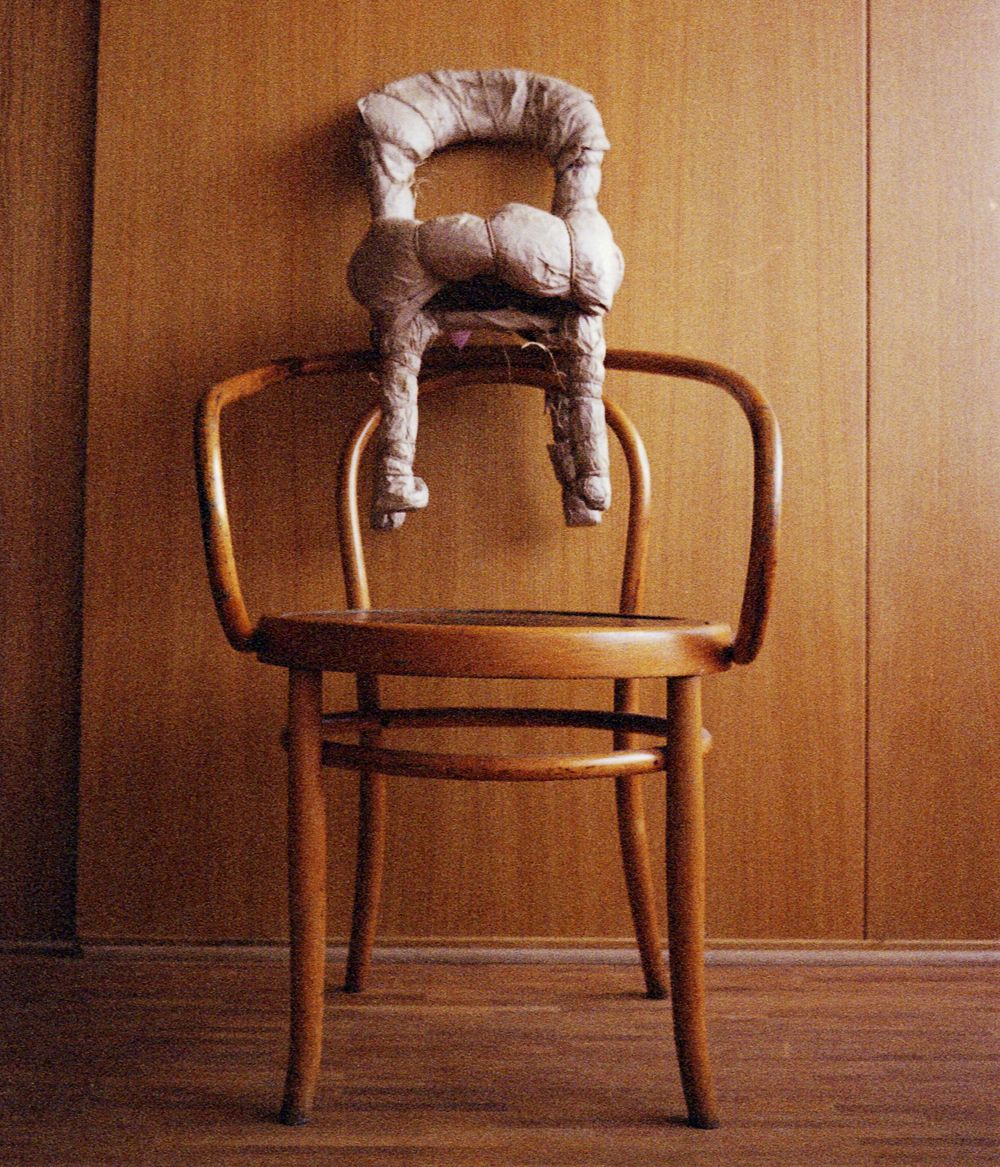VORVORGESTERN
Artists:
Iris Andraschek (born 1963, lives in Vienna/Mödring)
František Lesák (born 1943, lives in Vienna/Neu Nagelberg)
Petra Maitz (geb. 1962, lebt in Wien, Hamburg, Sydney)
Desiree Palmen (born 1963, lives in Berlin/Den Haag)
Klaus Pamminger/Ruth Beckermann
(born 1967, lives in Vienna/born 1952, lives in Vienna)
Roman Pfeffer (born 1972, lives in Vienna)
Goran Rebić (born 1968, lives in Vienna)
Paul Rosdy (born 1963, lives in Vienna)
Andrea van der Straeten (born 1953, lives in Vienna)
Arye Wachsmuth (born 1962, lives in Vienna)
Simon Wachsmuth (born 1964, lives in Berlin)
Georg Wasner (born 1973, lives in Vienna)
Numbers have different meaning in different cultures. The number 8 equals happiness in China, due especially to the phonetic similarity with the word for “prosperity”. The 8 is a sacred number in the Christian world. Likewise, it carries special meaning within Jewish culture, for Indians, Etruscans and Odinists.
The year 2018 carries meaning for Vienna and Austria; it is a year of different commemorations and anniversaries. We are celebrating Vienna‘s modernist era: One hundred years ago three of the most influen-tial Viennese artists died, the painters Gustav Klimt and Egon Schiele, and the architect Otto Wagner. The same year saw the end of the First World War and Karl Renner proclaimed the First Republic. Twenty years later, Austria’s “Anschluss” to Germany took place, paving the way for the expulsion and annihilation of the Jews in Austria. Fifty years ago, in 1968, a student protest movement was formed between Paris, Berlin and Vienna, calling for a change of established structures. This year also saw the Prague Spring in the city in which the first European war began in 1618, triggered by the Defenestrations. The March Revolution took place in 1848, and the song “Silent Night” was performed for the first time in 1818.
When we talk about 2018, a wealth of past events come to mind, and an equally large number of exhibitions contribute to the current culture of remembrance. Even the opening of the Austrian “Haus der Geschichte”, the planning of which ran for a long time and has been subject of numerous transformations, has been set for this year. In addition to an affirmation and continuation of the great historical narratives and their critical revision, we can expect other, very diverse representations of history this year.
Against the background of a global crisis, impacting both Europe and Austria, there is already a variety of voices. Voices of longing, criticism, fear, hatred, but also reason and confidence are trying to make them-selves heard. How can we escape this babble and the competing demands for interpretation and reinterpreta-tion?
Perhaps by trying to switch from the large, stately avenues to narrow and shadowy paths. The exhibition The day before yesterday in the Vienna gallery Raum mit Licht travels along these smaller paths, circling around some of the historical events mentioned. The focus is not on the great traditional narratives, but rather on gaps and sidelines which open up just before, next to or after an important historical date or place.
Vienna is not just a city, but the sum of different layers of time and culture. Accordingly, the exhibition addresses the interweaving of transcultural history and diversity. The individual artists’ approaches to the city’s interwoven narratives are diverse – as are the works in the exhibition: installation, photography and sculpture enter into a dialogue with experimental and documentary films. The exhibition brings together topics such as centre and periphery, displacement and migration, ideology and politics, personal experience and universal events in the form of an atmospheric montage. The different aesthetic processes and artistic approaches with their political and cultural facets form the mosaic of a city from multiple perspectives.
Text Franziska Lesák 2018
Translation: Tina Bawden/Michael Bawden
